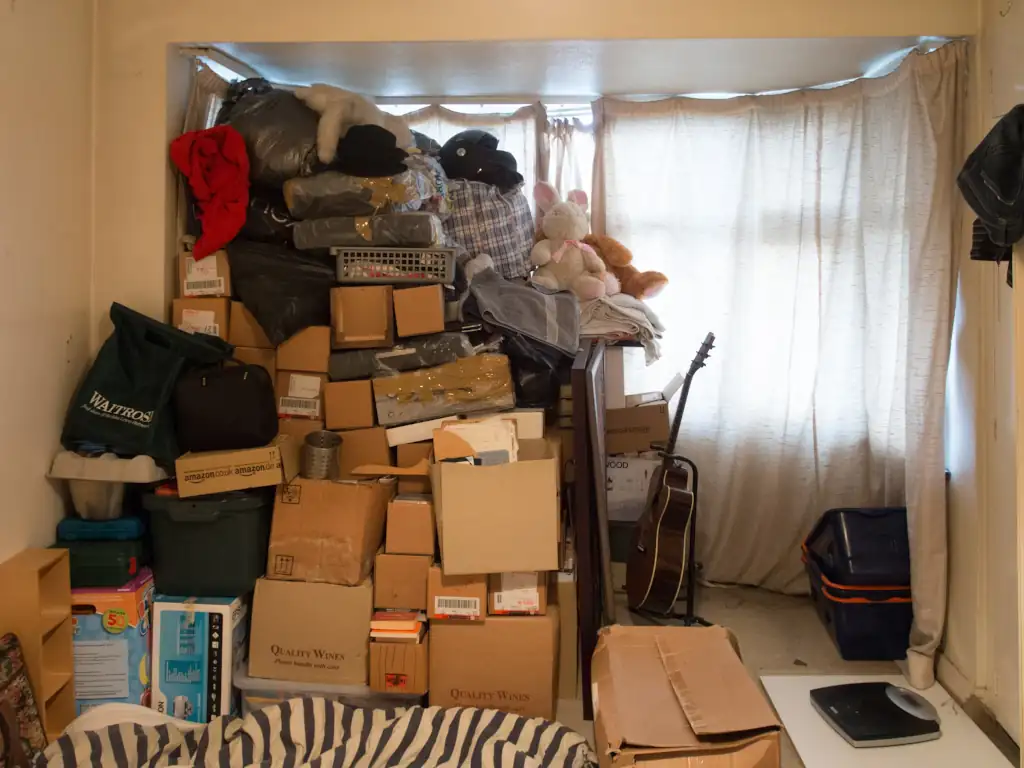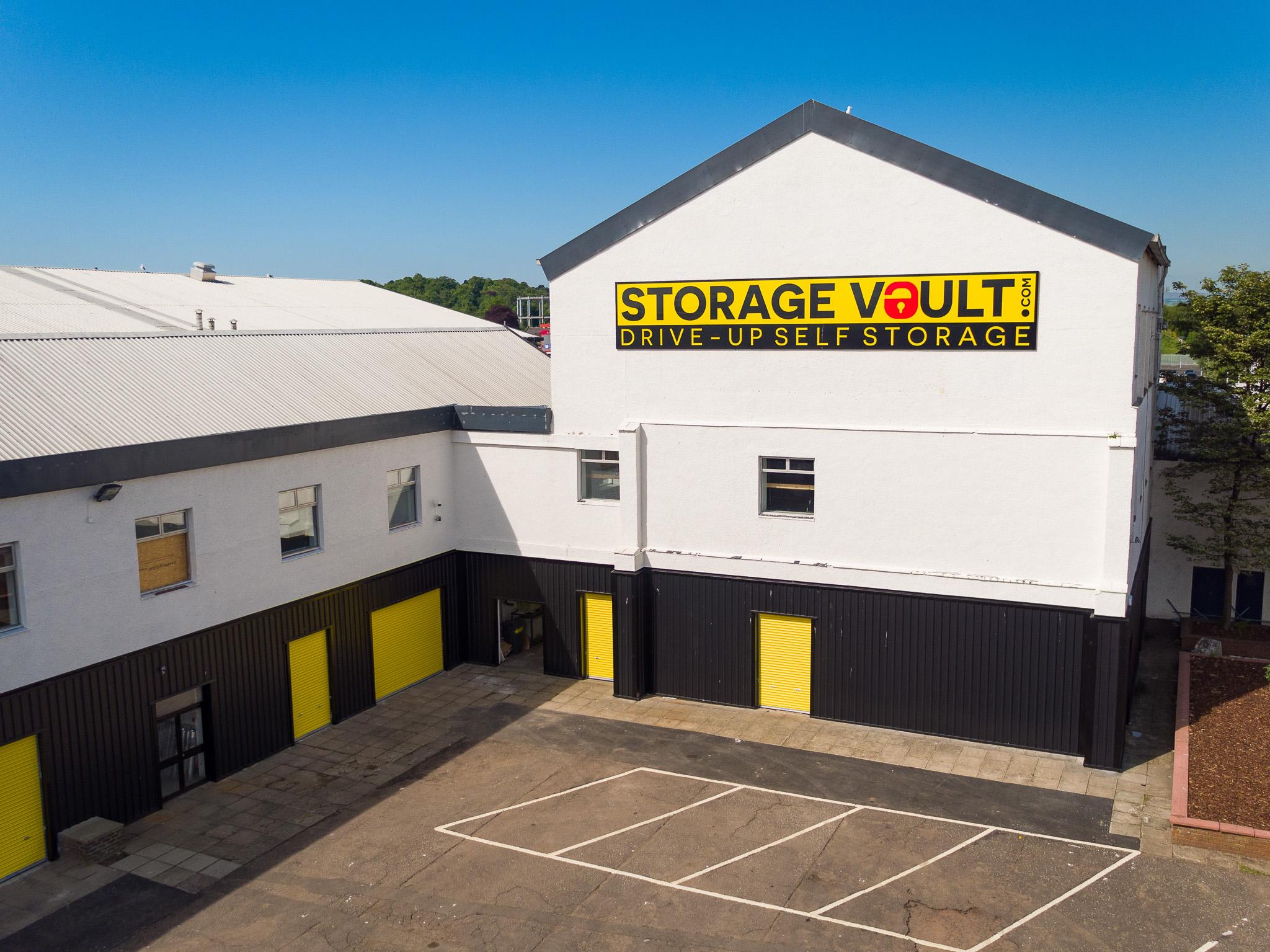Home Organisation Tips From Professional Organisers
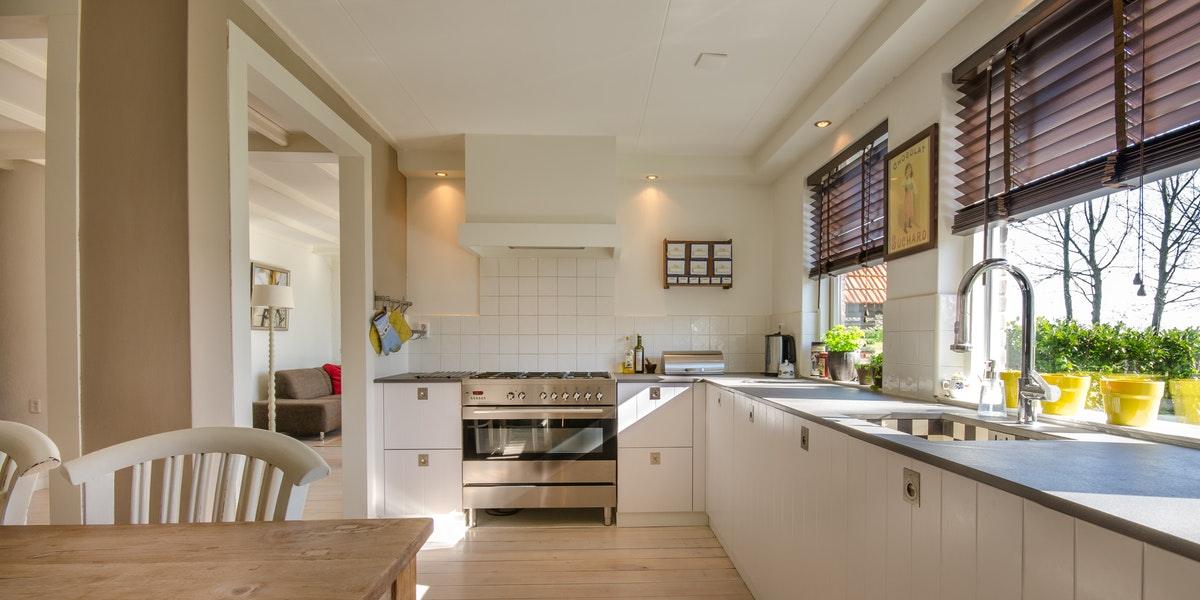
After an exhausting Saturday afternoon spent tidying up your entire house, you breathe a sigh of relief. You’ve shampooed the living room carpet, streamlined your laundry room, and even disinfected your shower curtain. Phew!
You drop the cleaning supplies and put your feet up on your recently febreezed couch with a nice cup of tea. This should be the last of this for quite a while.
But not even a day later, you’ve got mail strewn across your hallway dresser, the chair in the corner of your bedroom has become a dumping ground for clothes again, and don’t even get started on the toys littered across every single inch of the living room.
In between working, studying, commuting, socialising, and catching our nightly 40 winks, where do we have the time to squeeze in tidying our homes?
But stress no more! We’ve been chatting to some of the UK’s top professional declutterers and organisers who are here to the rescue.
We asked our shortlist for their best home organisation tips and they eagerly came forward with their favourite tools and tricks.
Here’s our roundup. Follow the lead of these pros and you can organise your home effectively – and keep it that way!
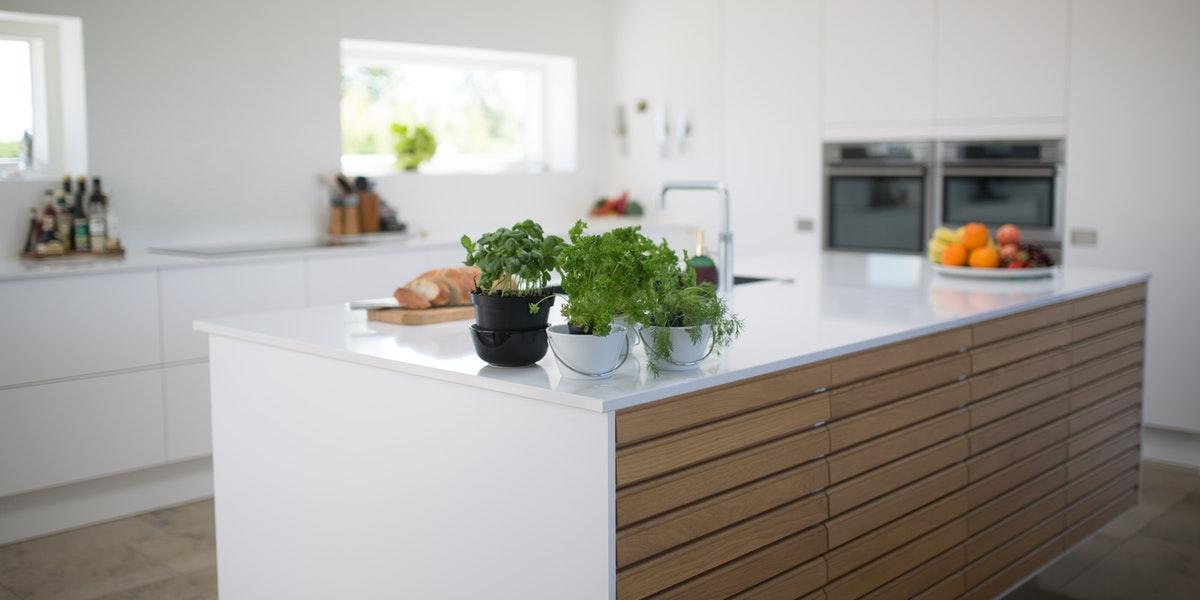
Mel Carruthers from More Organised
More Organised was born in 2014 and originated as Mel’s “side gig” to her corporate career in Dubai. To her surprise, More Organised took right off! Soon, she quit her day job and devoted all her time to professional organisation. Mel set up camp in Scotland and More Organised Limited has been operational since 2017. She is a member of the Association of Professional Declutterers and Organisers (APDO).
Mel had some fab tips to share with us!
Small steps
“It’s easy to feel overwhelmed by clutter, and many of my clients first contact me because they don’t know where to start,” Mel told us.
The clutter in your home has almost definitely accumulated over the course of months and years, so there’s no need to battle it all in a single day. It’s a time consuming process. Be patient.
Mel recommends breaking down the task into small segments, setting a timer for around 15 minutes to see how much you can squeeze in.
Over the course of a few hours, you’ll notice a massive difference which will encourage you to keep powering on!
Think to the future
A lot of us cling on to possessions because we feel obligated to. Whether we feel we’re being ungrateful for decluttering gifts from others or if it’s a reminder of a person we used to be, Mel emphasises that we should get rid of this guilt.
When you declutter, think to the future, not the past. Think of the home you want and the person you want to be. If these items don’t fit in to this image, then you should feel free to let them go.
Memories and emotions attached to items will always remain, even after we’ve decluttered the physical item. Mel says, “The gift was given to you to express an emotion – thanks, love, admiration or celebration – and that emotion has already been expressed to you through the giving of the gift.” It has served a purpose to you, but if it no longer does, you can free up space by passing it on.
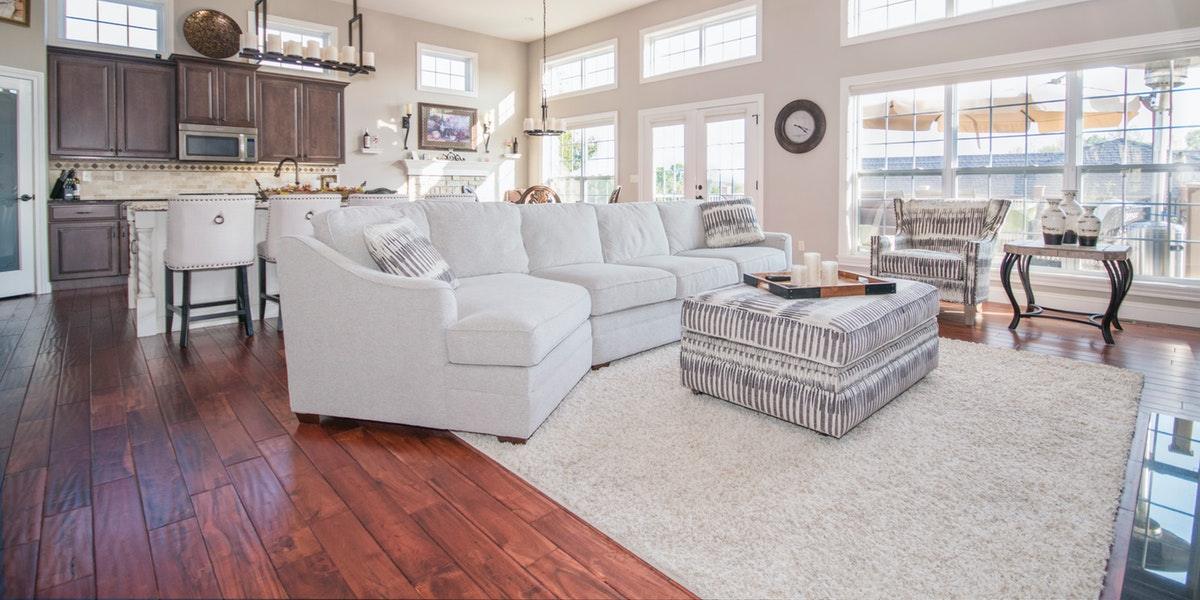
Rachel Burditt from The Declutter Darling
Leicestershire-based mum-of-two, Rachel Burditt, is The Declutter Darling. A self-declared “personal trainer for your home”, she devotes her time to helping people transform their homes into uber-organised havens.
We had a chat with her and she was brimming with solid home organisation tips to share!
Be strategic about storage solutions
Do you have a junk drawer? It’s that drawer that’s home to spare batteries, paperclips, leaky pens, codes to old Internet hubs, and who knows what else.
Rachel emphasises the importance of being strategic about your storage solutions, rather than chucking things into the first drawer or cupboard you can find.
“Make sure you have a good storage system,” Rachel advises. “I personally love to use baskets, but whatever you do use, make sure that you are not cluttering up this storage. It is so easy to fill baskets and boxes of stuff. Instead, ensure each storage solution is fit for purpose.”
Rachel also cautions against rushing ahead of yourself and searching for pretty containers and rustic storage crates before you’ve tackled the root of your clutter problem.
“What I will say is don’t purchase storage until you have decluttered, otherwise you will just end up filling storage with items you don’t need.”
Filling your home with attractive storage solutions doesn’t need to cost the earth. She notes:
“There are so many high street stores that sell extremely affordable storage options, from perspex storage containers to woven baskets.
“Work with what budget you have and as long as the results make you happy, that’s all that matters. Plastic baskets, shoe boxes, jam jars—these all make excellent storage solutions.”
IKEA or your local pound shop should be your go-to’s for carrying out organisation on a budget.
Be thoughtful about what you want to keep in your home. Once you’ve settled on what you’re keeping, collect only storage containers that will serve a practical purpose. Organise them methodically and avoid resurrecting the old junk drawer!
Respect your belongings
When you purchase a new thing, you’re bound to be very careful with it in fear of damaging it. Over time, we become less careful with our precious belongings and whack laptops off of door frames and catch hand thrown mugs on countertops.
“Respect your belongings. This is a tip I have learnt from Marie Kondo,” Rachel gushes. “Don’t leave your clothes squashed together in a heap in your wardrobe. Don’t shove your books underneath your bed. You have spent money on these items so look after them and place them where they need to be.”
With decluttering and proper home organisation, Rachel believes we’ll all develop a healthier relationship with our belongings. We’ll take better care of them, helping them to last longer, saving us time, money, and effort in the long-run.
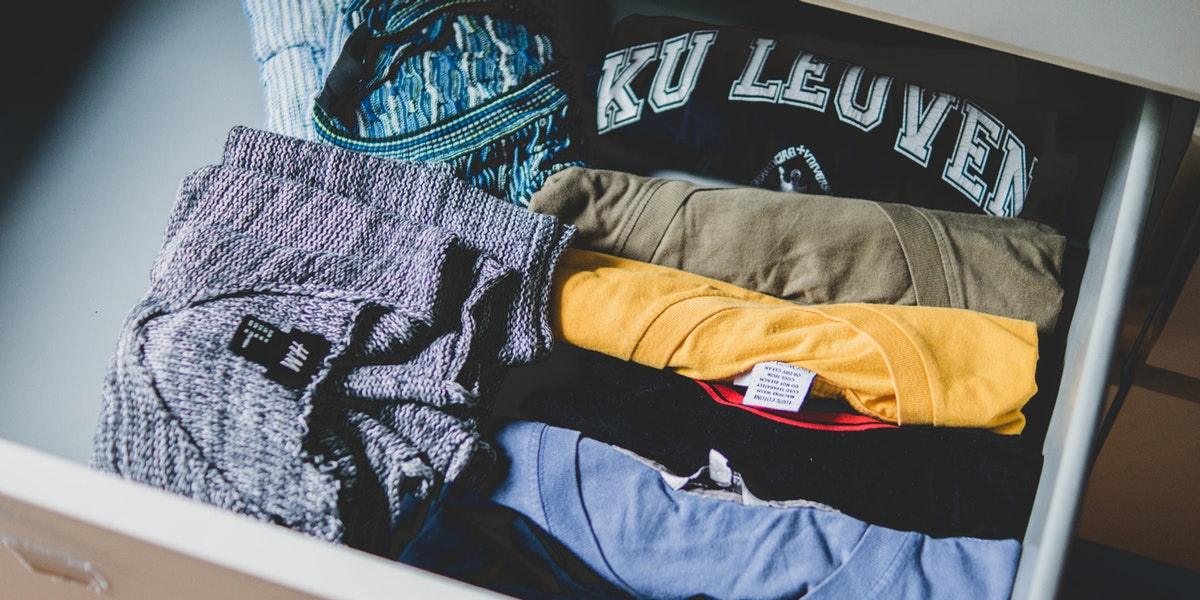
Simon Glanville from A Place For Everything
Simon is the managing director of A Place For Everything, a stylish storage solutions provider. He has refined his approach to home organisation for over a decade, so he had some fantastic insight to share with us.
Be consistent
Decluttering is a long, time-consuming, and frankly tiring process! Simon suggests that you keep on top of your game on a weekly basis to prevent it building up, leaving you to take on a mammoth home organisation task again.
He suggests that after your initial decluttering and organisation efforts, you should firmly decide what storage solutions you’re going to use and designate a permanent home for everything.
Every week, you should do a quick scan through your home to tidy up and make sure everything is in its new home. If it isn’t, you can deal with it quickly and stop everything from piling up in the wrong place.
Clear your surfaces
Picture your current coffee table. Is there an array of used coffee mugs? Biscuit crumbs? A stack of magazines that must be at least 4 months old? With so much clutter, it’s difficult to unwind, right?
Simon believes in the power of clearing surfaces around your home in order to clear your mind, helping you to keep your home organised around the clock.
He advises that you designate “clutter free zones”, like your kitchen surfaces, your dining table, and your side boards. Nothing should ever be dumped here. Each time you go to place a flyer from the post or a dirty glass on it, you’ll think twice and make that effort to put it in its rightful place.
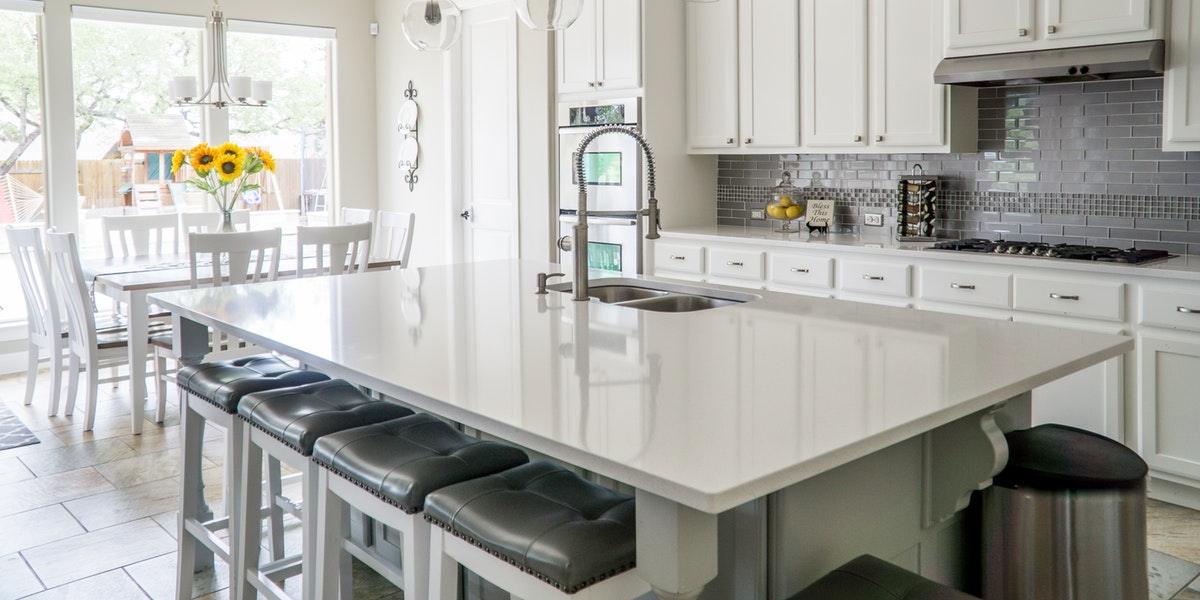
Clara Moore from Joy of Space
Clara is an APDO member and a KonMari Bronze Consultant. In other words, she really knows her stuff. With previous experience in occupational therapy, she’s always been passionate about helping others to improve their quality of life, and she is an advocate of the power of decluttering and organisation in achieving this. What tips did she have to offer us?
Set up a strategy
Clara’s clients call her in because they don’t know how to begin simplifying their lives. She believes that long-term reliable home organisation relies on proper planning and understanding of the task at hand.
“Realistically look at your home, at the space that you have in your home, and how much your home can healthily be expected to accommodate,” she says.
Clara recommends imagining you are a visitor to your own home. She advises that you take a tour of your home and take photos of each room, noting down the cluttered areas that are bothering you.
Taking in your home as a whole from the outset will truly help you to appreciate what you do and don’t need in your home. Considering the whole home at once will give you a greater appreciation for the impression that your house has on you and on your visitors, which you wouldn’t get if you jumped straight into tackling your linen closet.
Be mindful of family members
For many, accommodating our family members different organisation tastes halts any home organisation efforts. Clara acknowledges that this is a real issue but advises you to compromise.
“There will always be clutter in your life. Everyone has clutter. That’s okay. Aim to have the right amount of clutter that works for you and your home. Work out what that is for you and work out a way to respect your own needs and of those that you live with. Living with someone who loves collections of things and you are a minimalist? Set areas for each of you to enjoy your own habits, and agree boundaries for shared areas.”
By separating your home into sections, you can keep your designated areas organised to your own tastes. Compromising with family members who have different outlooks to you means you will be able to keep on top of your own organisation without constantly cleaning up mess after others.
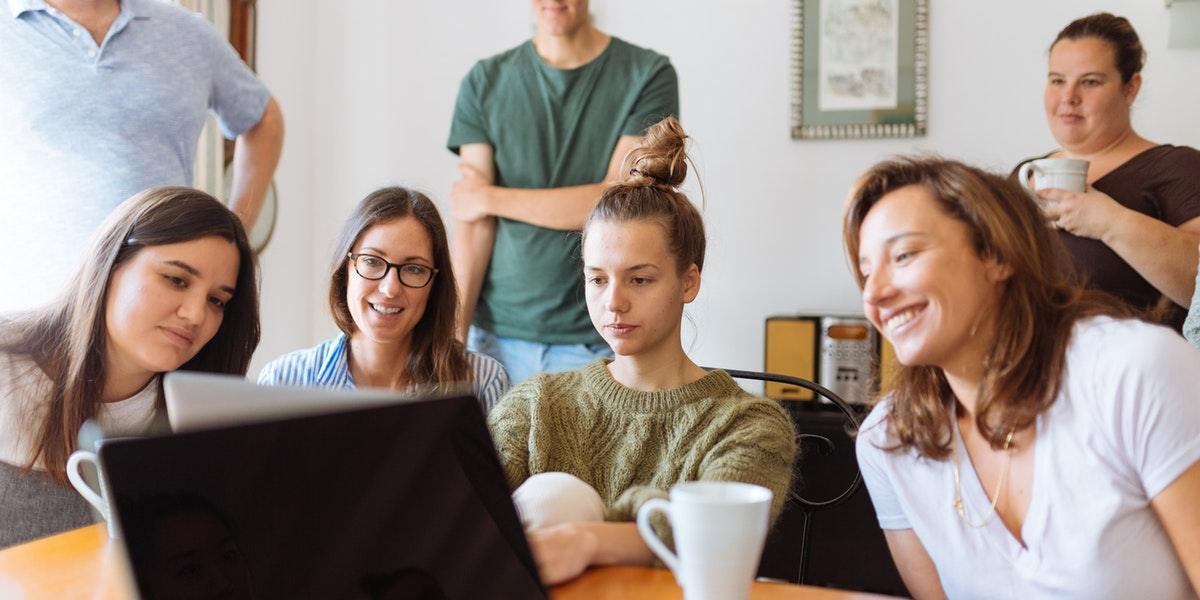
Elaine McKinlay from Clear Mountain Decluttering
Elaine is a APDO member and she focuses on Scottish clients — yay! She founded and runs Clear Mountain Decluttering, a company that deals with projects relating to home organisation and life coaching. She’s a lover of the simplicity of Scandinavian slow living and many of her organisational tips reflect this.
Kitchen cabinet management
To keep your kitchen cabinet organised, Elaine suggests setting up a system where you organise by categories.
Rather than some plates, glasses, and mixing bowls in one cupboard, and more plates, glasses, and baking sheets in another, she suggests keeping similar items together in one space.
She is also a big fan of vertical storage solutions. One of her favourite storage ideas is a £2 vertical plate rack from IKEA! With this, you can simply reach in and grab a particular plate without lugging piles of plates out of the cupboard to get to the one you want.
Wardrobe Organiser
We’re all guilty of being sucked in by the sales, but if we adopt a more mindful approach to our clothing consumption, we can lighten the load in our wardrobes.
“The bedroom should be a calm space to sleep and relax in,” Elaine says. She came armed with some wardrobe organisation tips to stop your clothes from spewing out your wardrobe and taking over this peaceful haven.
“Wardrobe decluttering is a great idea to help reduce unwanted clothing from your cupboards and drawers. Use the system 1 in, 1 out. If you buy something new, you donate something old.”
She also recommends using drawer dividers to separate items. This makes it easier to pick out your socks or belts in your drawer, rather than rummaging deep into drawers of intertwined items.

Chrissy Halton from Organise My House
Chrissy is a mathematical genius (with a first class degree in the subject!) and her scientific approach has had a useful application in her home organisation business. As a member of the UK House Doctor Network, she’s had immense success and has great organisation tips to share with us!
File, don’t stack
Chances are in any given cupboard or drawer in your home, the contents are stacked on top of each other. Chrissy is not a fan of this strategy! Instead, she likes to file everything.
By stacking everything, things can get squashed and damaged, can fall over and create a clanging mess, and it makes it difficult to identify everything that’s stored there.
From stacking your folded clothes vertically like Marie Kondo, or popping your baking sheets and muffin tins on their sides like documents in a filing cabinet, she finds this method very effective and is eager to spread the word!
Cleaning Schedule
As well as keeping the house tidy and organised, Chrissy comes armed with cleaning tips!
To get on top of maintaining a squeaky clean home, she recommends you wander around your home and note down everything you’d like to keep clean as a whistle.
Beside each task, she says you should note how often you want it cleaned. She advises that you be realistic with this, prioritising the cleaning tasks that will make the biggest noticeable difference in your life.
Armed with your cleaning task list, Chrissy says to group everything by frequency, splitting the list into daily, weekly, fortnightly, monthly, and so on. Having a concrete list to consult will help you to stick to your cleaning and organising regime.
This method will mark the end of only cleaning the oven when it’s so thick with grime that it sets the smoke alarm off every time you turn it on.

Rachel-Elizabeth Mitchell from Please Organise Me
Rachel is an APDO member and the founder and director of Please Organise Me. She’s gifted with an artistic flair and superb organisational skills which she honed during her Graphic Design degree and her former life as an office manager. With seven years’ experience under her belt, Rachel is full of tips!
Tame your tupperware
“Oh, god, not the tupperware! Don’t mention the tupperware!” I hear you panic. We all have horrendously disorganised tupperware drawers/cupboards/entire rooms. We can never find the right lids. We pour leftovers into them only to realise they have massive cracks in them, leaving soup to ooze all over the counter. They are plastic terrors.
Keep your tupperware organised by tackling the problem head on. Rachel and the team suggest pairing every lid and tub together and banishing any lone pieces.
Next, downsize your collection to the pieces you actually anticipate using. Donate the tubs you won’t use.
The team suggest a few ways to organise your tupperware. Some people like to colour code lids with their corresponding tubs. You might like to insert drawer dividers to arrange the tubs into size order with their lids attached.
Whatever you do, avoid throwing them into one big, messy pile, leaving you to frantically search for a matching set in your time of need!
And tame the toys!
The sheer pain of stepping on a LEGO brick is enough to send you straight to the charity shop with your child’s entire toy collection, yelling: “If you can’t put it in the toy box, you can’t have it at all!”.
There is a better way to deal with the wild array of toys scattered around your home. Rachel advises that you set a limit on the number of toys your children can have. Don’t feel bad about this. Rachel claims that the average child only uses around 5% of their toys anyway!
Go through your children’s toys with them. They probably don’t even appreciate how much stuff they have! Donate duplicates and unloved dolls and teddies, and bin or recycle those that are broken beyond repair.
Once you’ve settled on the toys to keep, sort them into categories in storage containers to keep under the bed, in cupboards, or in a set of drawers. Make sure your kids know where each toy lives.
Doing a quick sweep for a few minutes every day will help you keep on top of things.
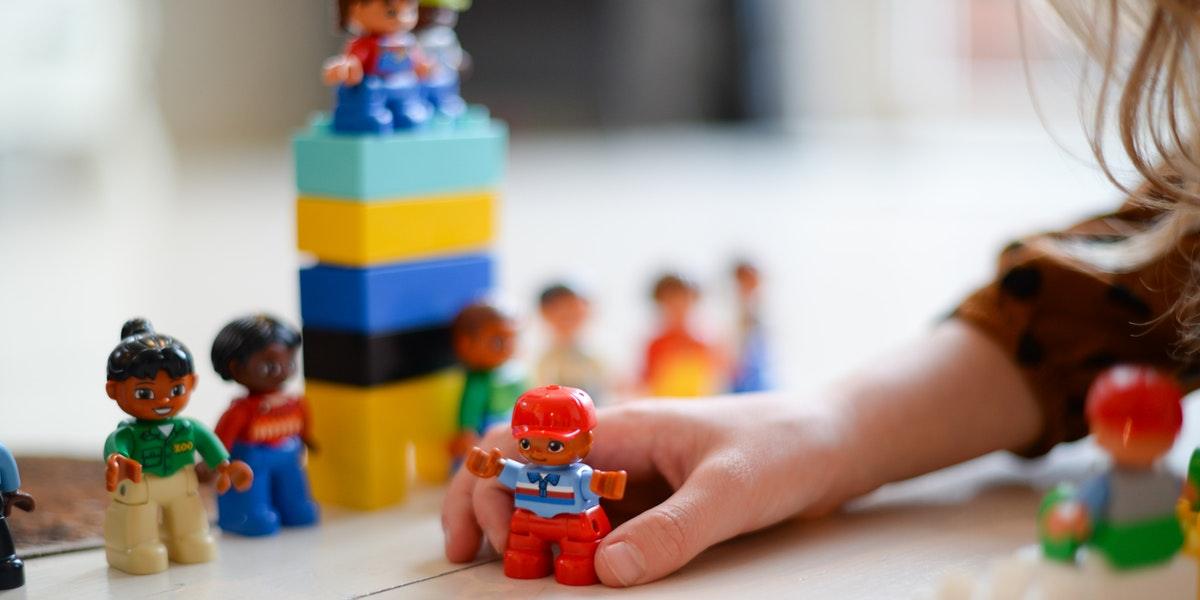
Kate Galbally from Better Organised
Kate is accredited by the APDO. She was also keen to give us her best storage ideas and organisation tips! Based in Milngavie, she’s been growing her professional organisation business, Better Organised, since 2017.
Don’t forget your attic
Kate believes that your spring cleaning should extend upwards to the home of your Christmas decorations and seasonal home decor!
“‘Clients often tell me that they’ve never been in their loft and I subsequently venture into lofts that they’ve never been in. Does your attic space provide essential storage or has it become a clutter graveyard?
“Assess whether your loft provides easy access to items that are genuinely needed or whether it is housing items that are simply redundant. Old TVs, once-useful gadgets, and outgrown clothes all take up valuable space.
“Clearing out these items will potentially result in finding some hidden gems whilst freeing up space and reducing the barrier to reach the items that are staying.”
Kate believes that your loft poses the perfect storage space for bulky or decorative items that you won’t use on a daily basis.
“Choose your storage carefully,” she says. “Avoid bin bags or cardboard boxes which will deteriorate. Instead, go for sturdy clear plastic boxes. Look for ones that are stackable and have clip lids. Adding large labels with a simple description of its contents makes it easy to identify and categorise your belongings.”
Make use of self storage
Kate is very in-tune with the Storage Vault ethos and is a fan of using self-storage as a solution to keep your home clutter free!
“Whether you are turning your home office into a nursery for a first baby or you’re at a stage where you know your current family will be growing further in the not-too-distant future, accommodating new arrivals certainly entails a significant amount of stuff!
“As the needs of the family change, the way you store their belongings can adapt too. Travel systems, cots, baby baths, and sterilising equipment are used daily at the start but there comes a point when the areas they take up are needed for other kids’ stuff – think bunk beds, toys, bikes, and dolls’ houses!
“If you have a few bulky items that aren’t currently in use, a small self storage unit can help you reclaim that all-important space.”
This tip can be applied beyond the ushering in of new babies. If you’ve got lots of sports equipment, camping gear, or the world’s biggest collection of Royal Family memorabilia, you might want to look into self storage to keep it safe and sound while keeping your home nice and tidy.
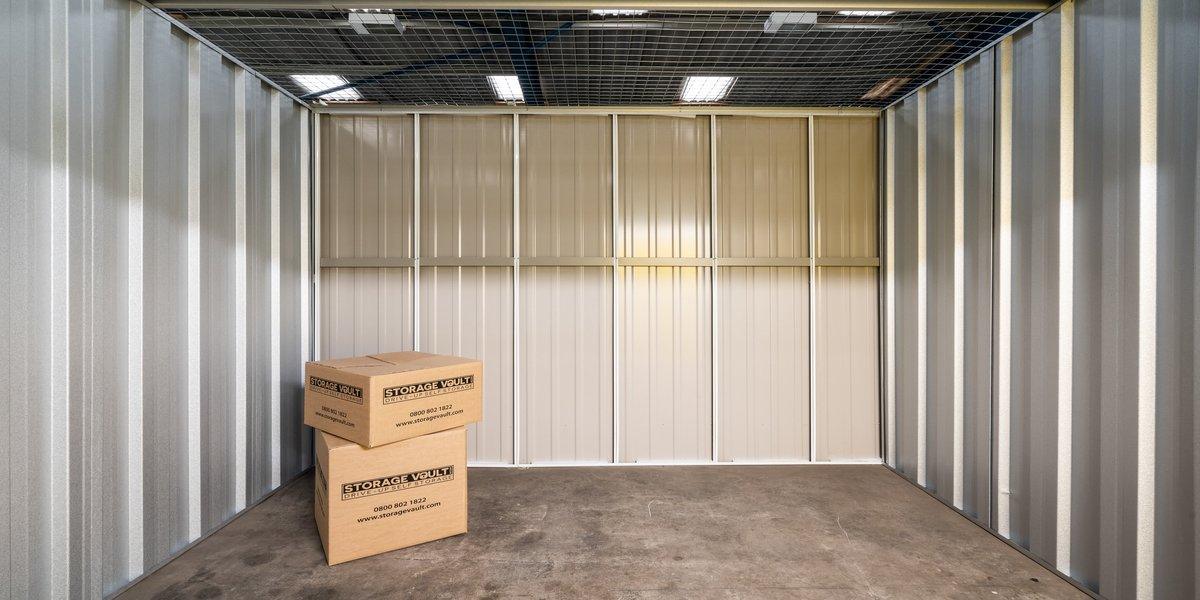
Start your home organisation guru journey
At the very beginning of any home decluttering and organisation task, it’s easy to feel swamped and helpless. These professional organisers know the trials and tribulations that clients of all backgrounds face when undertaking their journey to clutter freedom. Armed with their tips, the process should be far smoother – and far less stressful!
If you’re looking for a temporary home for your things while you shape up your home, Storage Vault are on hand to help you out. Get in touch today to see how self storage can help you to organise your home!
Get in touch


